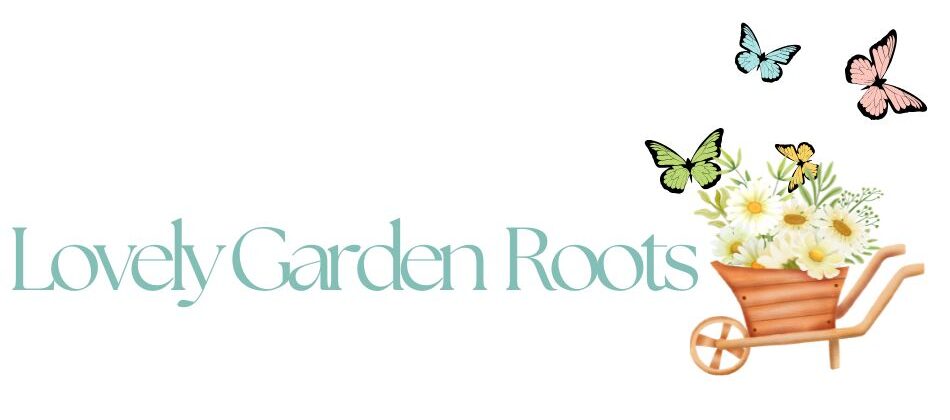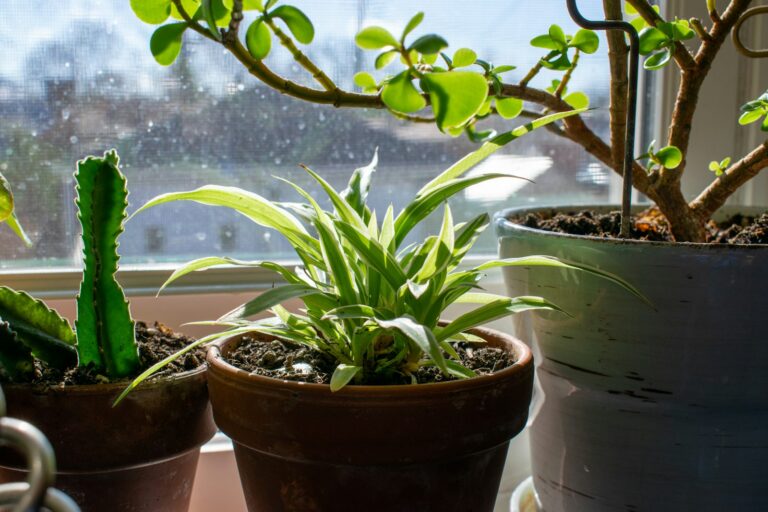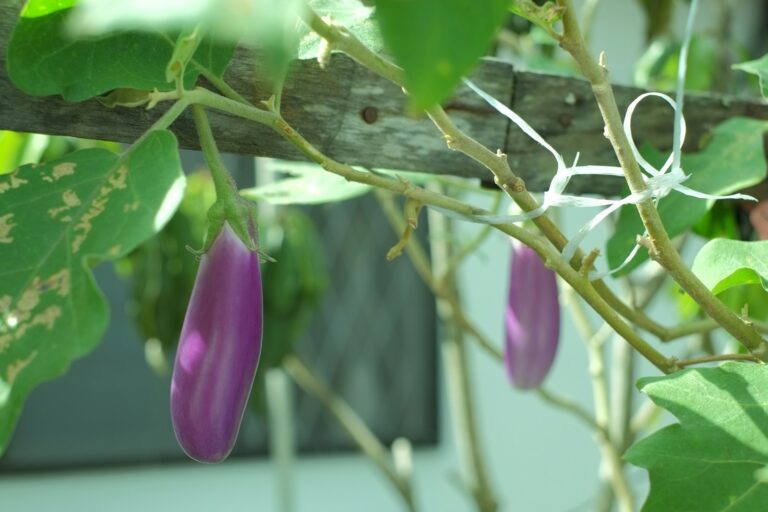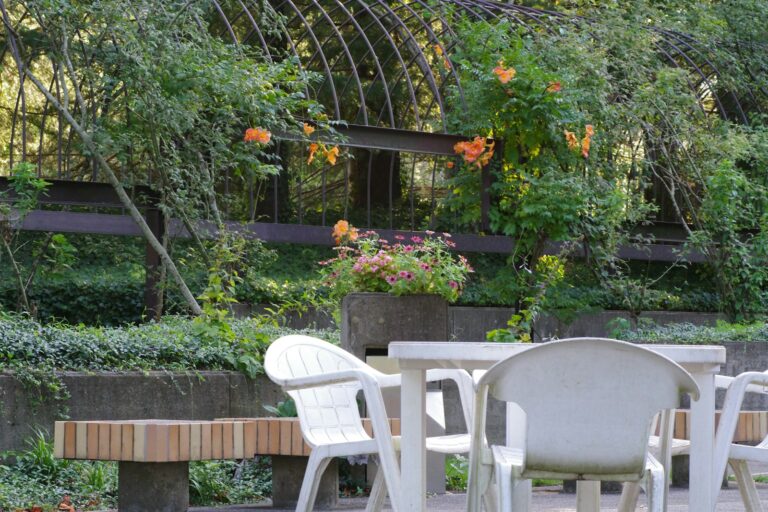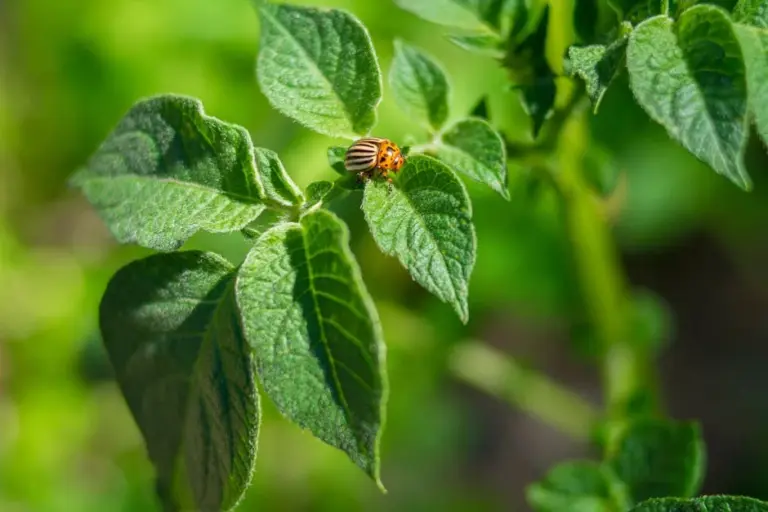How to Choose the Right Soil and Fertilizer for Your Plants: Easy Tips for Healthy Growth
Choosing the right soil and fertilizer is key to helping your plants grow strong and healthy. The best soil matches your plant’s specific needs, including proper drainage and nutrient content. The right fertilizer depends on your soil’s nutrient levels and the type of plants you’re growing, ensuring they get exactly what they need without overfeeding.
Understanding your soil’s pH and texture can make a big difference in plant health. Testing your soil lets you pick amendments that balance nutrients and improve structure. When it comes to fertilizer, slow-release and organic options can provide steady nutrition, while quick-release types work faster but need careful timing.
You don’t have to guess what your plants need. With a little knowledge about soil types and fertilizer choices, you can create the perfect environment for your garden to thrive and make your gardening effort more rewarding.
Understanding Plant Soil Needs
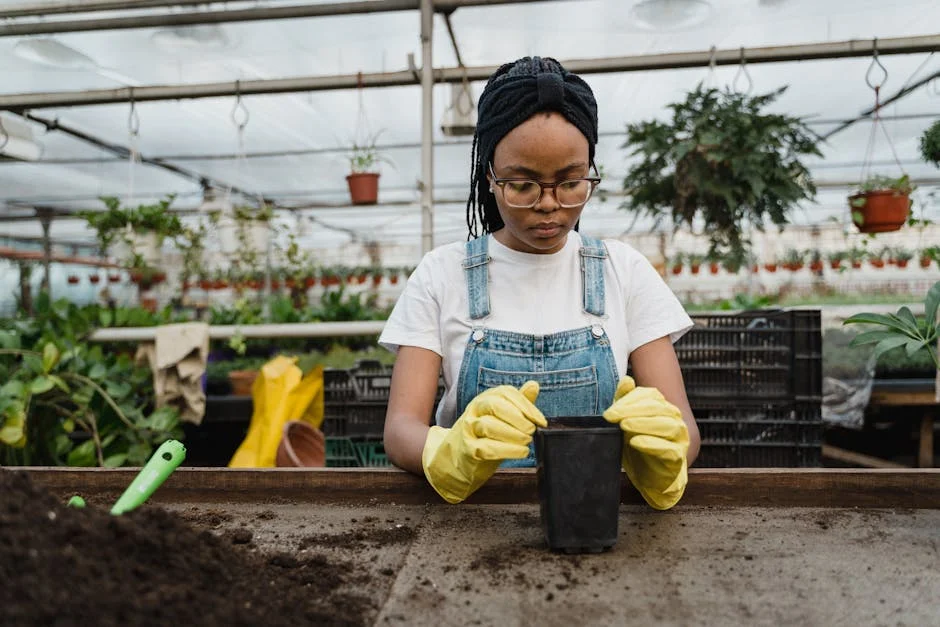
Choosing the right soil starts with knowing how different plants have different soil preferences. You also need to understand soil’s key physical and chemical traits. Finally, checking the condition of the soil you already have is a critical step before making any changes.
Types of Soil for Different Plants
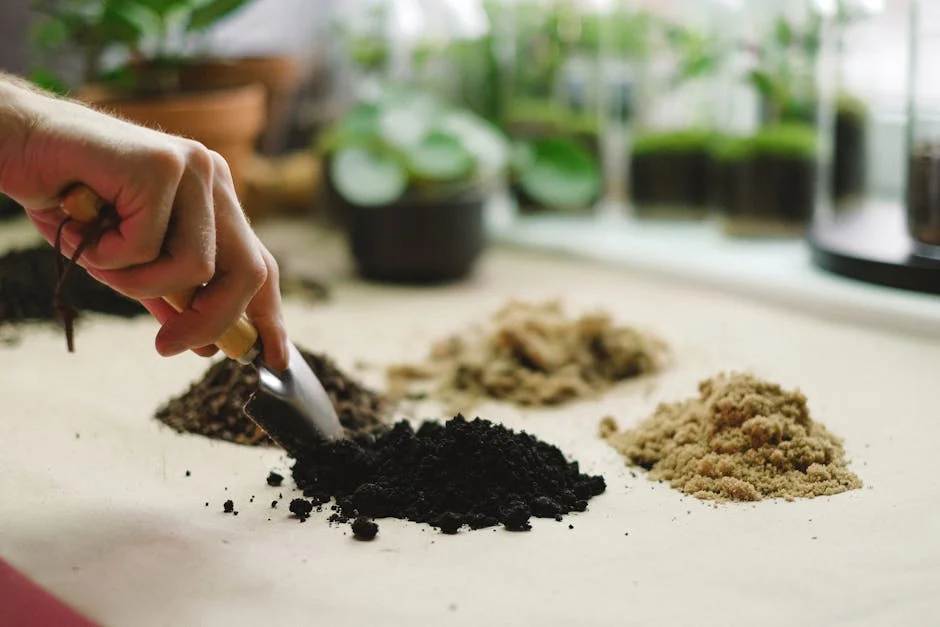
Plants thrive in soils that match their specific needs. For example, succulents prefer sandy soil because it drains quickly and prevents root rot. Vegetables often grow best in loamy soil, which balances moisture retention and aeration. Acid-loving plants like blueberries need soil with a lower pH, usually rich in organic matter.
Using the wrong soil type can stunt growth or damage roots. If you’re growing flowering plants, a slightly acidic soil with good organic content supports colorful blooms. You can find soil mixes formulated for particular plants, which can save time and improve results.
Key Soil Properties: pH, Texture, and Drainage
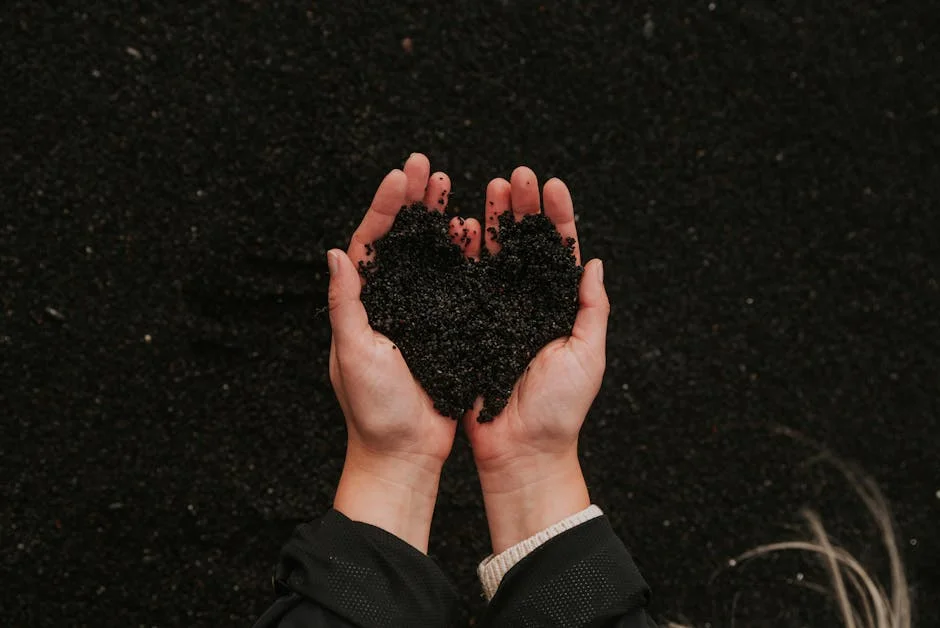
Soil pH affects nutrient availability. Most garden plants prefer a pH between 6.0 and 7.0. Soils outside this range may lock up nutrients, making them harder for plants to absorb.
Texture defines how soil feels and behaves. Sand feels gritty and drains fast. Clay feels sticky and holds water. Loam is a mix of sand, silt, and clay, offering good balance for most plants.
Drainage is crucial, especially for plants sensitive to waterlogging. If your soil stays soggy after rain, roots may suffocate from lack of oxygen. To improve drainage, you can add organic matter or sand.
Assessing Your Existing Soil
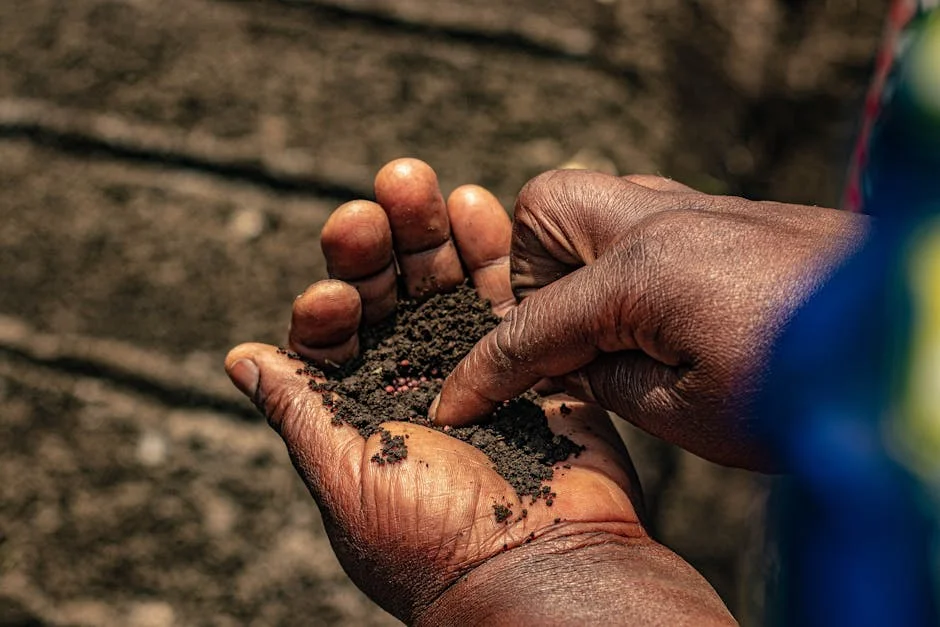
Before choosing amendments, test your soil. A soil test tells you pH levels and nutrient content, helping you select the right fertilizer and soil mix. Many universities and garden centers offer affordable testing.
Look at soil texture by moistening a handful and feeling it. Is it powdery, sticky, or crumbly? You can also observe drainage by digging a small hole, filling it with water, and seeing how quickly it drains.
Knowing what your soil already offers lets you avoid unnecessary additions. You can then match plants to your soil or adjust it to fit your garden’s goals. This first step saves effort and improves plant health. For detailed guidance, the Quick guide to fertilizing plants is useful.
How to Select the Best Soil
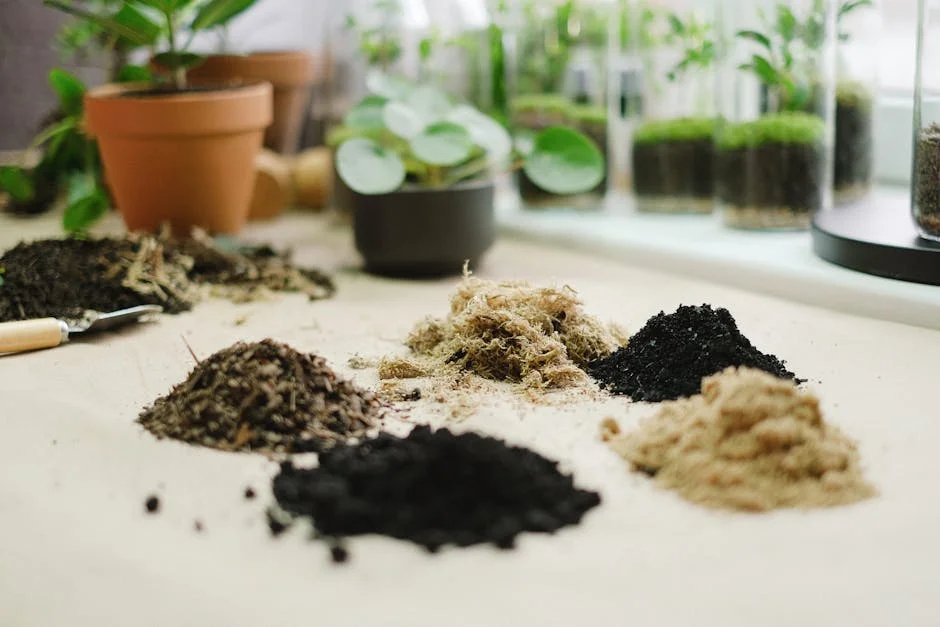
Choosing the right soil impacts how well your plants grow and thrive. You’ll want to focus on the plant’s specific needs, whether you use garden soil or potting mix, and understand the common ingredients that make up effective soil blends.
Matching Soil to Plant Types
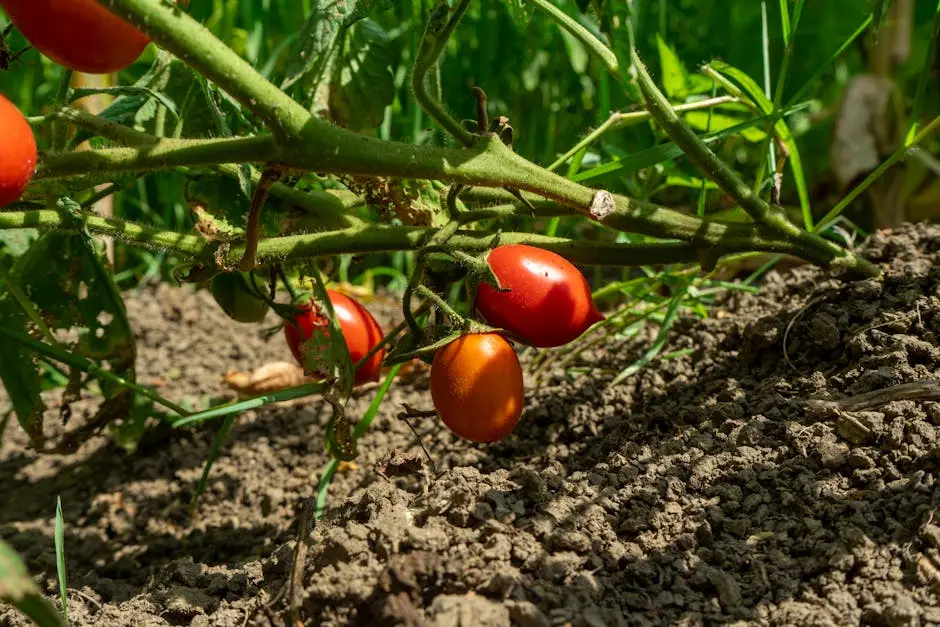
Different plants prefer different soil conditions. For example, succulents and cacti need well-draining soil with plenty of sand or perlite to avoid root rot. Vegetables and most flowering plants often do better in loamy soil that retains moisture but drains well.
Pay attention to your plant’s pH preference. Most plants thrive in soil with a neutral pH around 6 to 7. Acid-loving plants like blueberries prefer more acidic soil, while some herbs might need slightly alkaline soil.
Testing your soil can help you adjust it to your plant’s needs by adding amendments like lime to raise pH or sulfur to lower it.
Choosing Between Garden Soil and Potting Mix
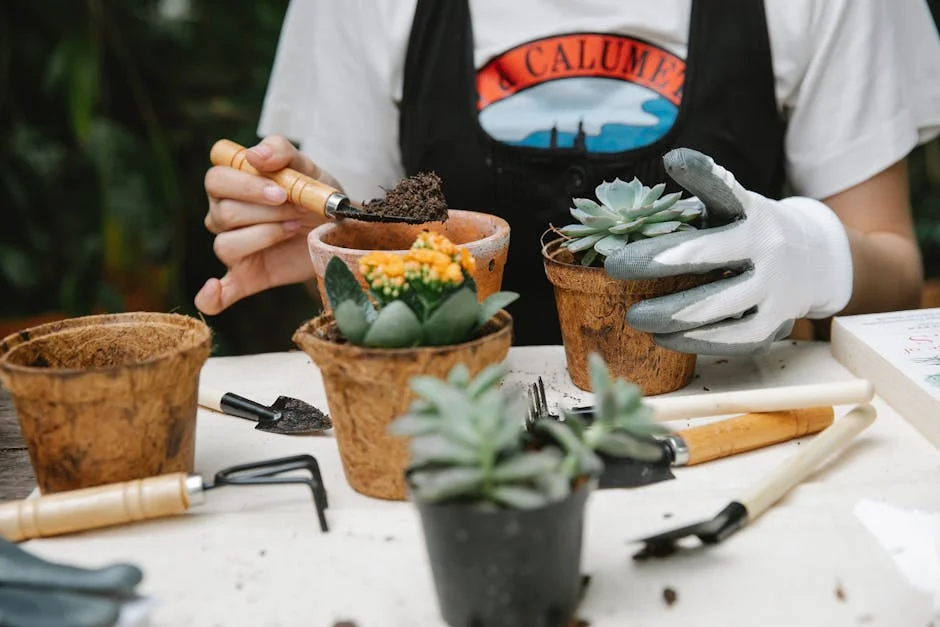
Garden soil is usually heavier and contains natural minerals and organic matter from your outdoor environment. It’s best for in-ground gardening where drainage is naturally better.
Potting mix, on the other hand, is light, sterile, and designed to hold moisture while allowing good air circulation. It generally contains ingredients like peat moss, perlite, and bark.
Choose garden soil if you’re planting directly in the ground. Use potting mix for container gardening, seedlings, or indoor plants to avoid soil-borne diseases.
Common Soil Mix Ingredients
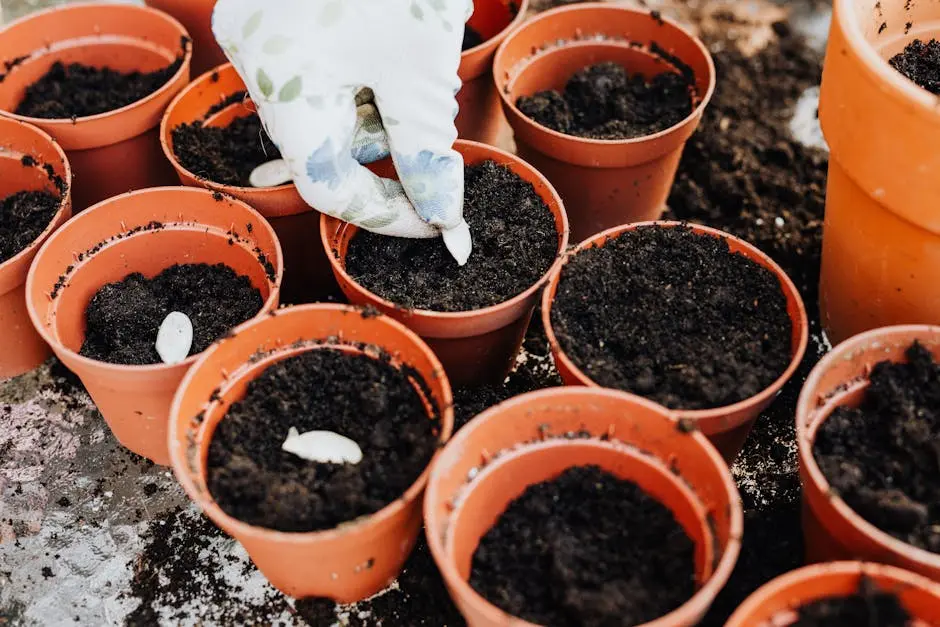
Understanding soil ingredients helps you pick the right blend. Here are a few common components:
- Peat Moss: Holds water and nutrients but can compact over time.
- Perlite: White, lightweight particles that improve aeration and drainage.
- Vermiculite: Similar to perlite but retains more moisture.
- Compost: Adds organic matter and nutrients to enrich soil.
- Sand: Improves drainage, common in mixes for succulents.
Check the label and select soil with ingredients suited to your plant’s moisture and drainage requirements. A balanced mix prevents overwatering or drying out.
For guidance on potting mixes, you can explore advice on how to choose the right potting mix.
Fertilizer Essentials for Healthy Growth
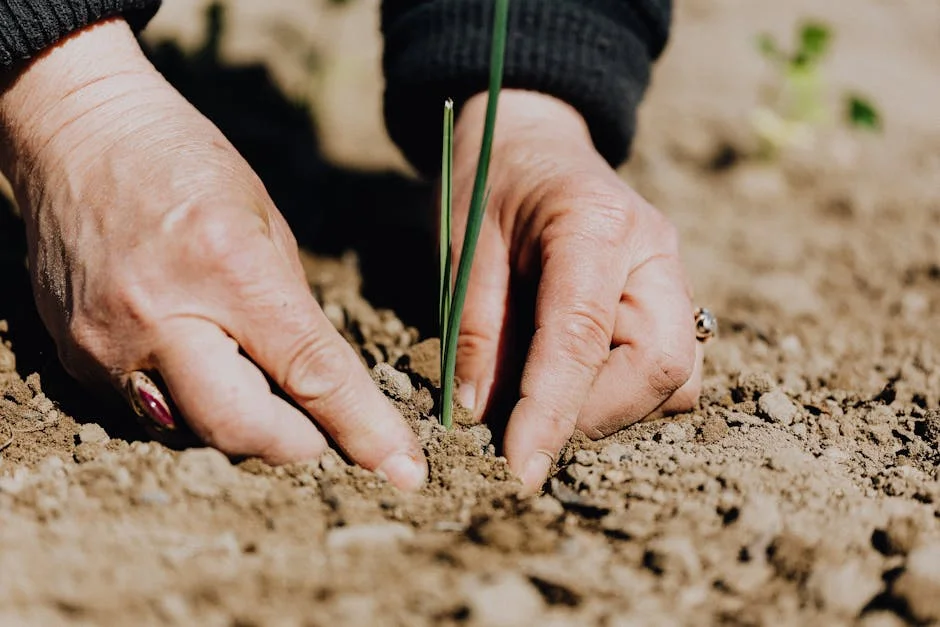
Fertilizers give your plants the nutrients they need for strong roots, lush leaves, and abundant blooms or fruit. Knowing what nutrients to provide, when to apply them, and in which form helps you avoid waste and damage while promoting steady growth.
Understanding Fertilizer Labels
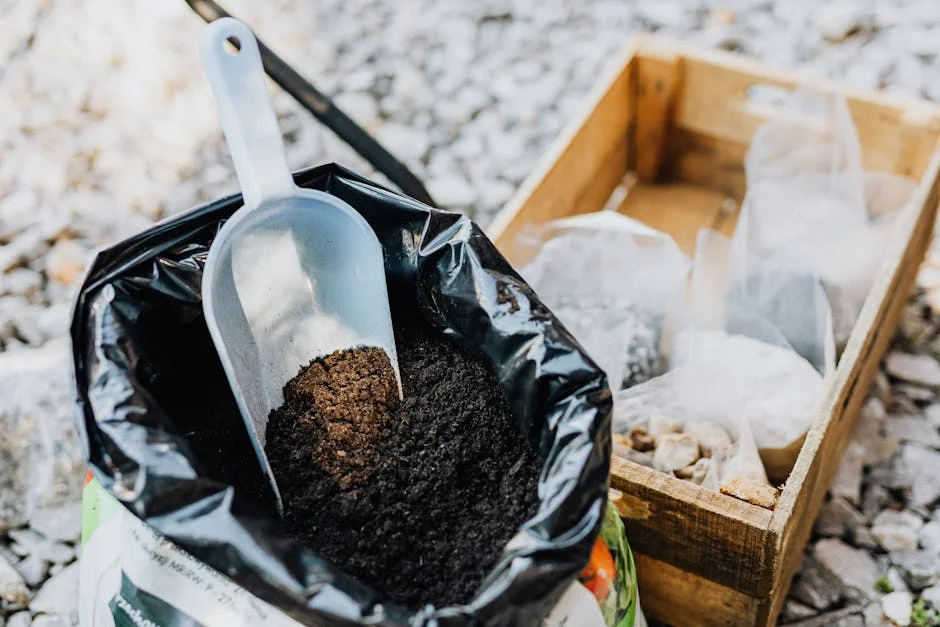
Fertilizer bags display three numbers like 10-10-10 or 20-10-5. These represent the percentages of Nitrogen (N), Phosphorus (P), and Potassium (K) in that order. Nitrogen encourages leaf and stem growth. Phosphorus supports root development and flowering. Potassium strengthens overall plant health and disease resistance.
Besides N-P-K, look for secondary nutrients like calcium or magnesium if your soil test shows they’re deficient. Fertilizers may be fast-release (quick effect) or slow-release (gradual feeding). Check the label for application rates and timing to avoid over- or under-fertilizing.
Choosing the Right Fertilizer for Your Plants
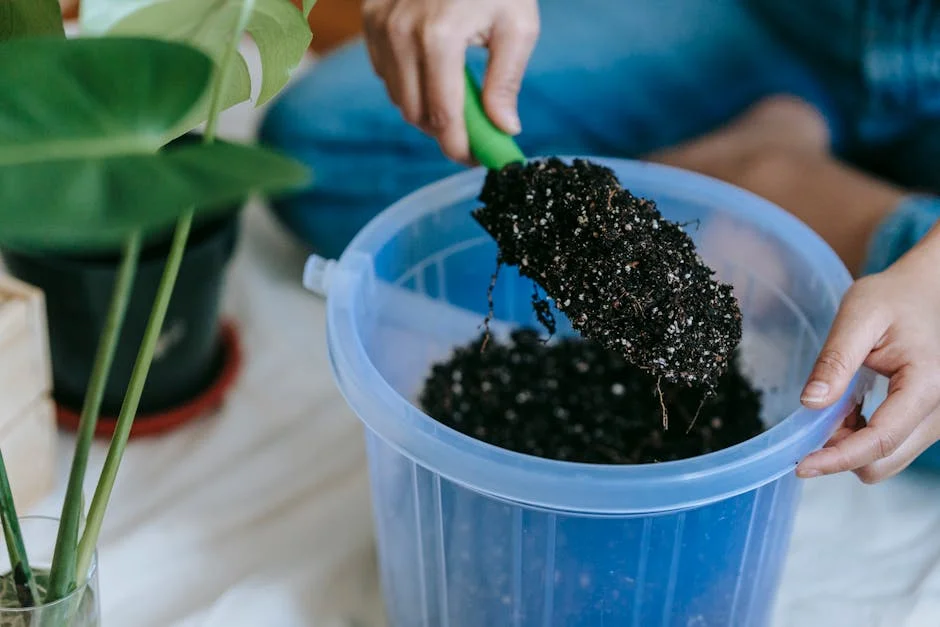
Start by testing your soil to understand nutrient levels and pH. This will guide you in selecting a fertilizer that fills the gaps in your soil. Different plants have varied nutrient needs: leafy greens need more nitrogen, while fruiting plants often require more potassium and phosphorus.
Choose fertilizer formulations designed for your crop or plant type. For example, use a balanced fertilizer for vegetables, or one higher in phosphorus for flowering plants. Also, consider the formulation: granular types are easy for garden beds, while liquid fertilizers work well for quick feeding or container plants.
When and How to Apply Fertilizer
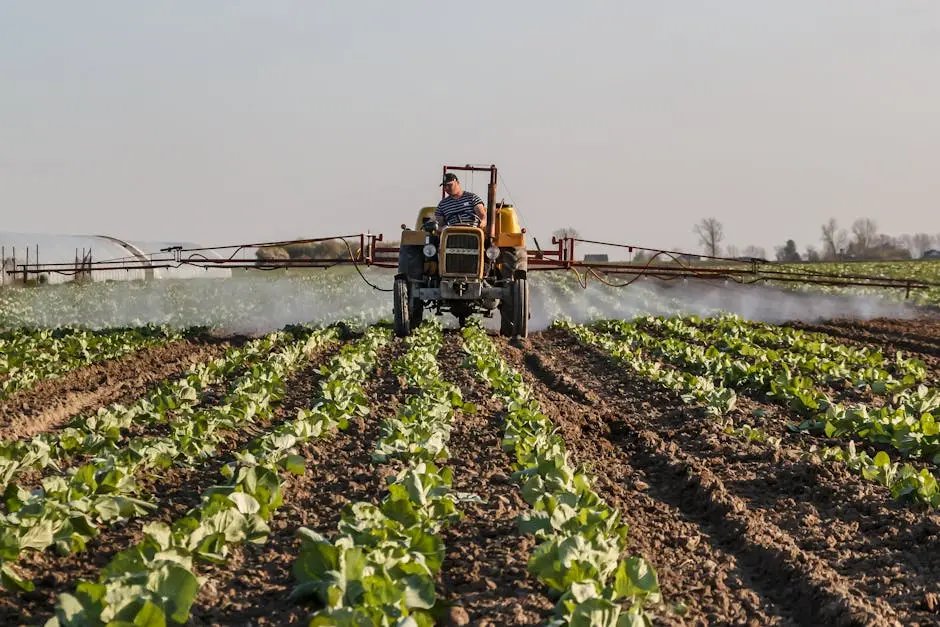
Apply fertilizer when plants are actively growing or just before their peak growth stage. Avoid fertilizing dormant plants or during extreme heat to prevent burning roots. For most plants, early spring and mid-season feeding work well.
Use proper application methods depending on the type. Granular fertilizer can be evenly spread around the base, then watered in. Liquid fertilizers should be diluted according to instructions and applied to soil or sprayed on foliage. Avoid applying fertilizer on windy or rainy days to reduce runoff and waste.
Organic vs. Synthetic Fertilizers

Organic fertilizers come from natural sources like compost, manure, or bone meal. They release nutrients slowly and improve soil structure over time. Synthetic fertilizers provide precise nutrient ratios and quicker nutrient availability, which is useful if your plants need an immediate boost.
If you want long-term soil health, consider combining both types. Organic fertilizers improve microbial activity, while synthetic versions fill specific nutrient gaps quickly. Always check your soil test to decide what fits your garden’s unique needs best.
For more details, you can explore a quick guide to fertilizing plants.
Troubleshooting and Soil Improvement
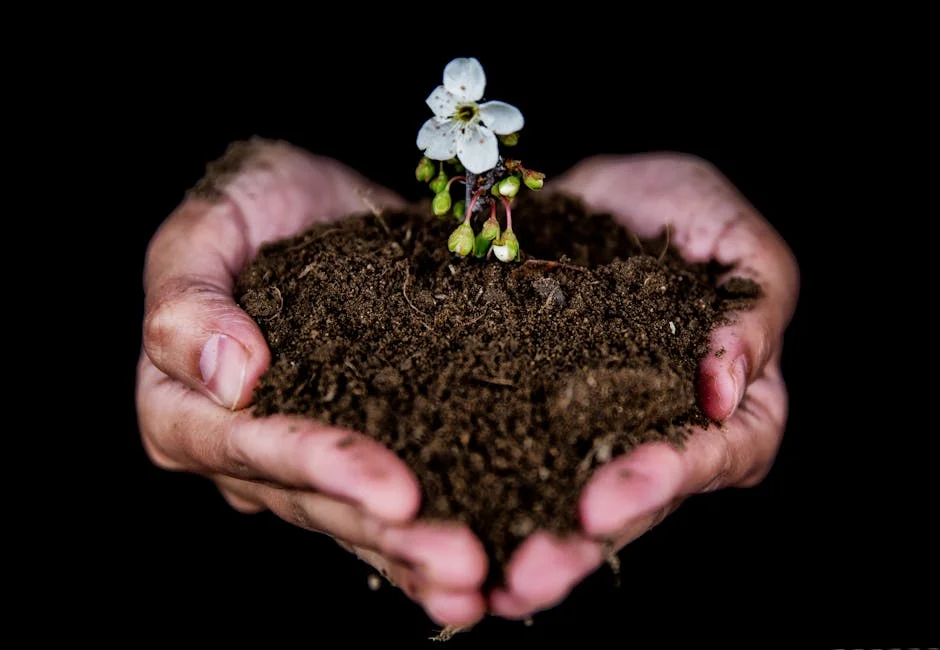
Knowing how to spot problems and modify your soil can save your plants from stress and poor growth. Understanding nutrient imbalances and correcting them with the right amendments is key to healthy gardens.
Identifying Soil and Fertility Problems
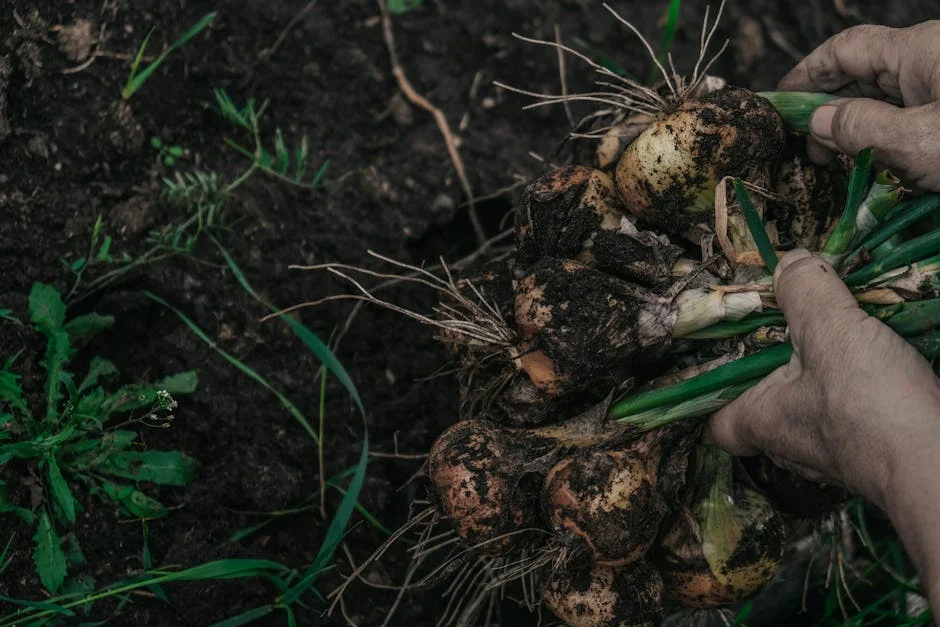
Look for uneven growth, yellowing leaves, or stunted plants as signs of nutrient issues. Testing your soil’s pH and nutrient levels helps pinpoint deficiencies or toxicities.
Common problems include:
- Low nitrogen causing pale or yellow leaves
- Phosphorus deficiency leading to weak roots and poor flowering
- Imbalanced pH which blocks nutrient uptake
You can get a simple soil test kit or send samples to a lab to find exact problems. Watch your plants closely—they often show symptoms before you notice soil issues.
Soil Amendments for Better Results
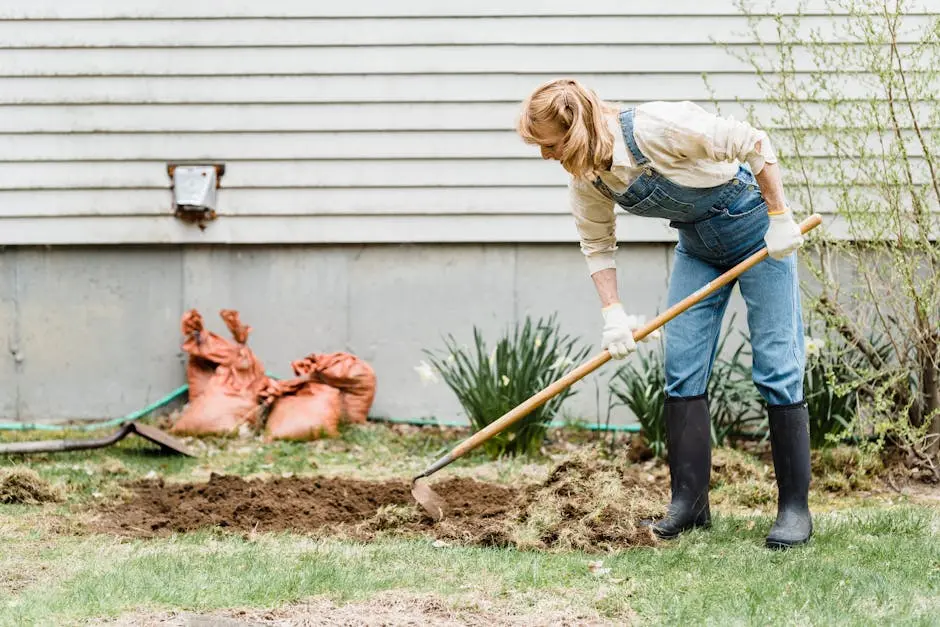
Improving soil relies on adding the right materials based on your soil test. Organic matter like compost and mulch improves texture and nutrient content over time.
You can also improve drainage or aeration with sand or perlite if your soil is too heavy or compacted.
Signs of Over-Fertilizing or Poor Soil
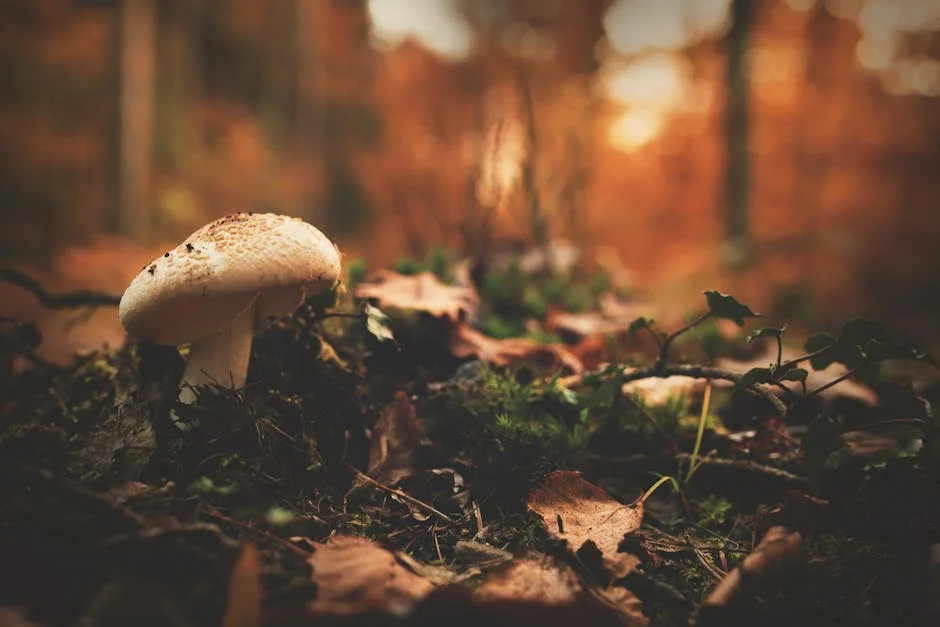
Too much fertilizer can burn roots, cause leaf edges to brown, or make plants overly lush but weak. Watch for wilting or a white crust on the soil surface, indicating salts build-up.
Poor soil often remains soggy or dries out too fast, making watering difficult. If plants look stressed despite regular care, check soil texture, pH, and nutrient balance.
Avoid overwatering and heavy fertilizer use to prevent problems. Adjust your feed and soil care based on how your plants respond. For more detailed help on fertilizer choice relative to soil pH, see this fertilizer guide.
Sustainable Practices for Healthy Plants
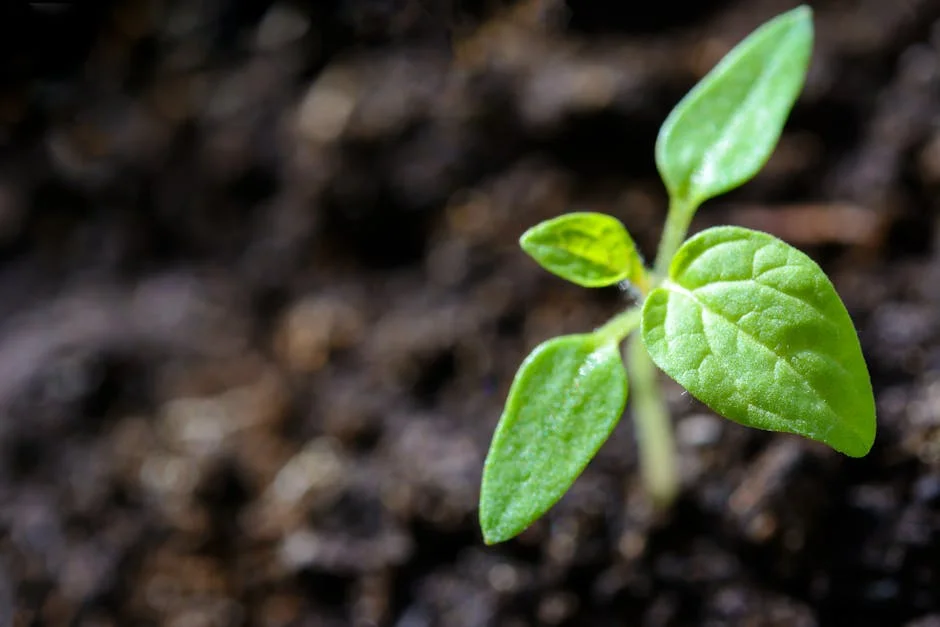
Sustainability in gardening means using methods that support long-term plant health and soil vitality. Focusing on natural inputs and efficient use of resources helps your garden thrive while protecting the environment.
Composting and Natural Fertilizers
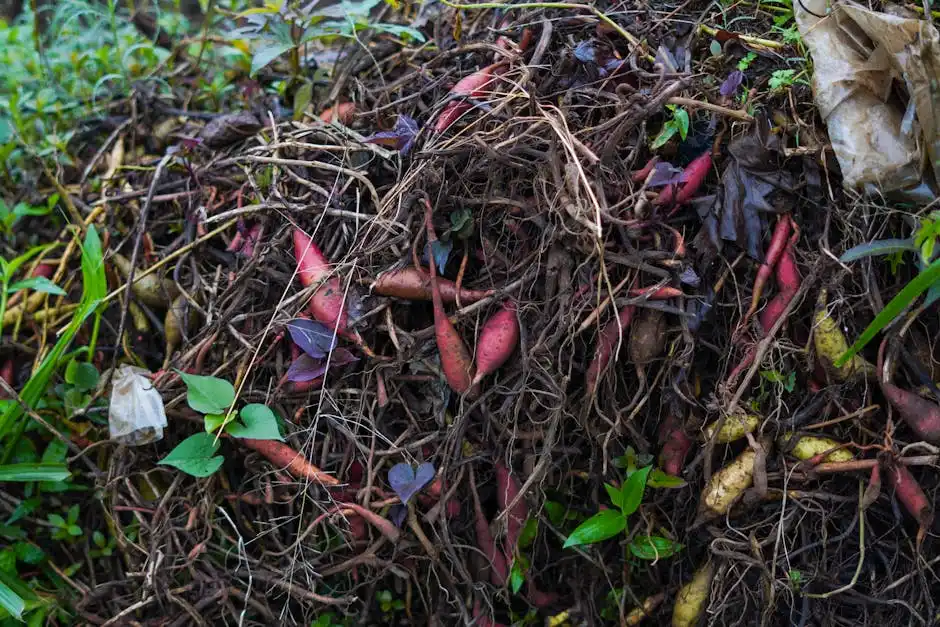
Composting is a simple way to recycle kitchen scraps and yard waste into nutrient-rich soil. It improves soil structure, increases water retention, and provides slow-release nutrients that feed plants steadily.
Using natural fertilizers like compost, manure, or organic blends introduces beneficial microbes to your soil. These microbes break down organic matter, making nutrients more available to your plants.
Key benefits of compost and natural fertilizers:
- Enhances soil aeration and texture
- Reduces reliance on synthetic chemicals
- Supports beneficial soil organisms
- Releases nutrients gradually
You can make your own compost pile using vegetable scraps, leaves, and grass clippings. Make sure to turn it regularly to maintain airflow and speed decomposition.
Conserving Resources in Your Garden
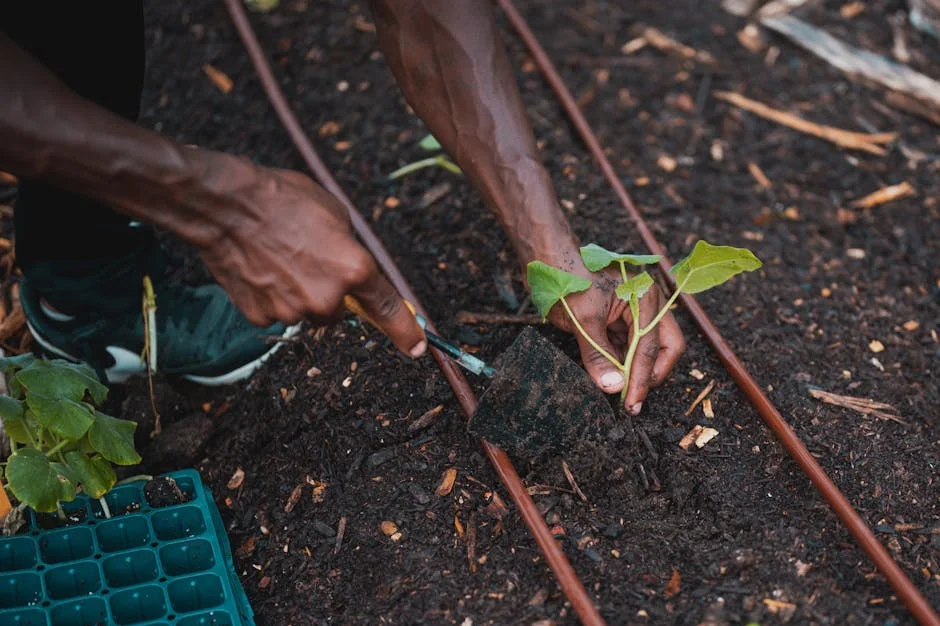
Conserving water and nutrients helps you maintain a healthy garden with less waste. Use drip irrigation or soaker hoses to deliver water directly to the roots, minimizing evaporation.
Mulching around plants keeps soil moist and lowers weeds that compete for nutrients and water. Applying mulch also stabilizes soil temperature, protecting roots from extremes.
Simple resource-saving tips:
| Practice | Benefits |
|---|---|
| Drip irrigation | Reduces water loss |
| Mulching | Retains moisture, suppresses weeds |
| Crop rotation | Prevents nutrient depletion |
| Planting cover crops | Adds organic matter and protects soil |
By conserving resources, you reduce your garden’s environmental footprint and improve the resilience of your plants.
